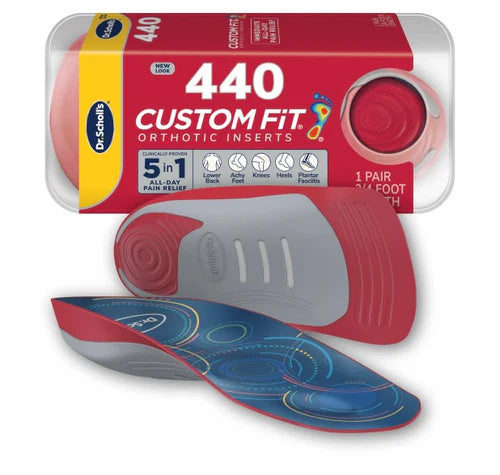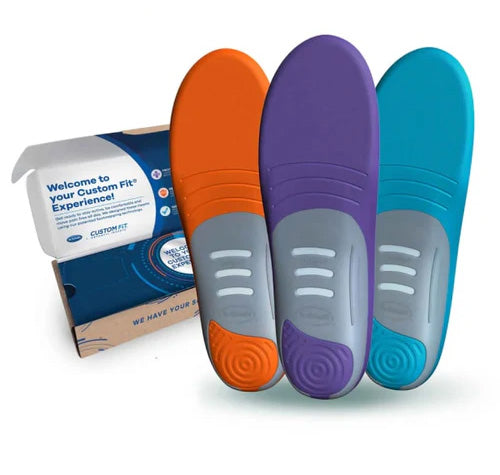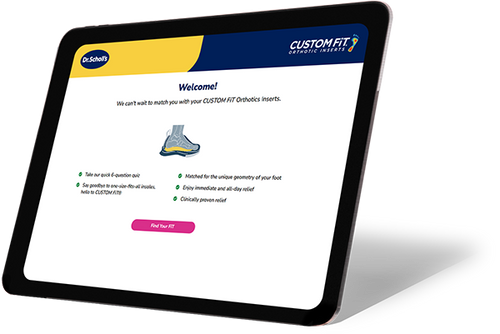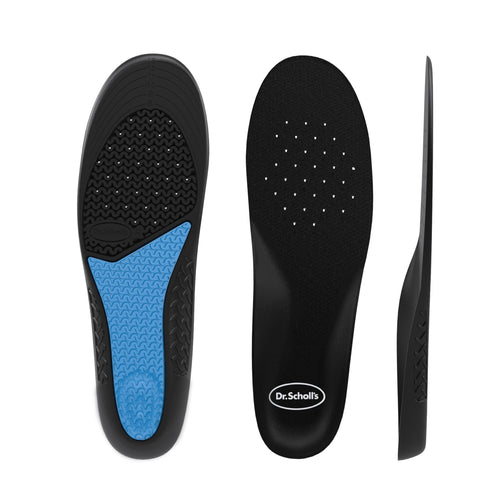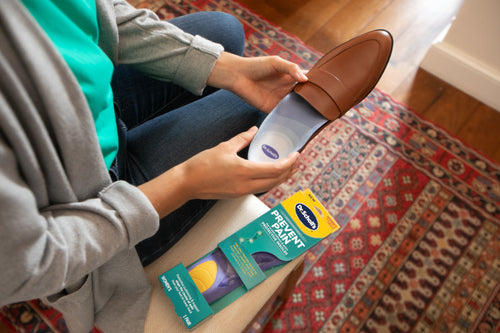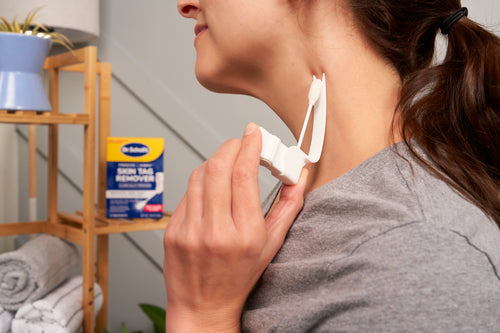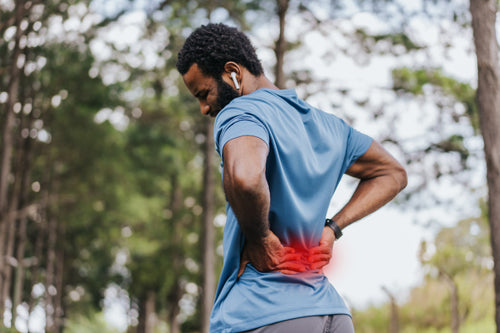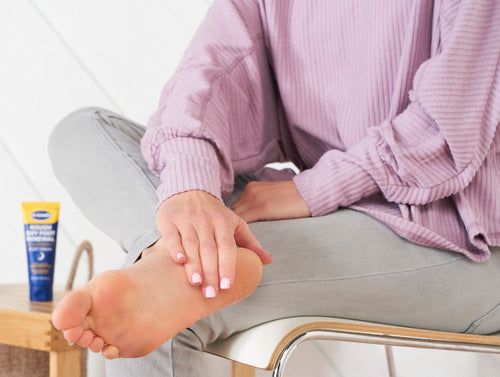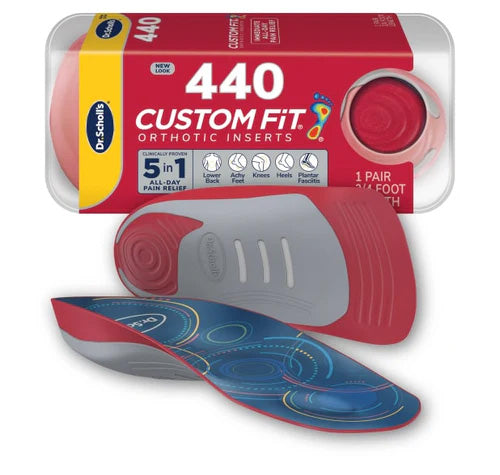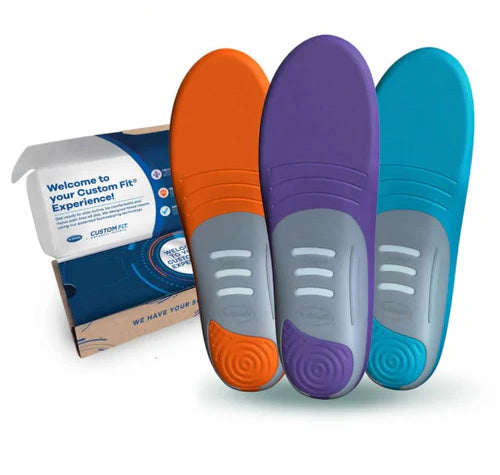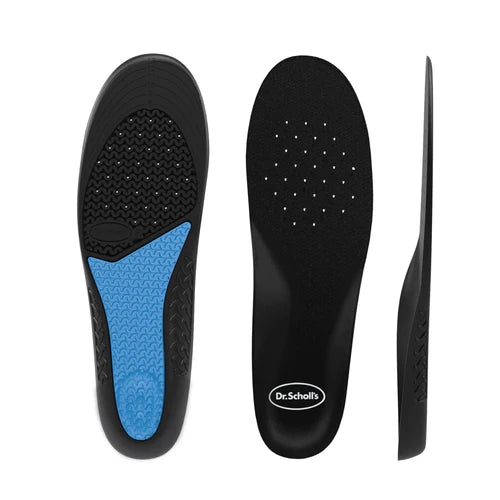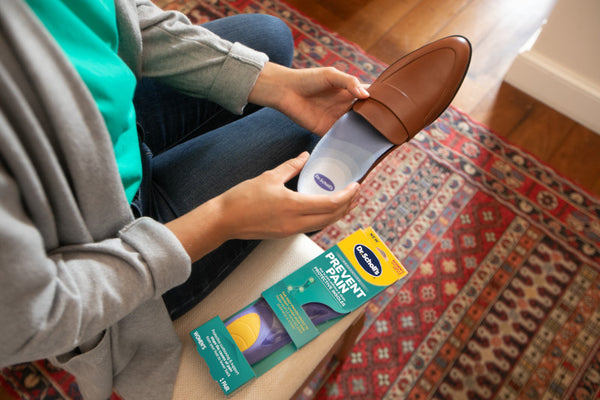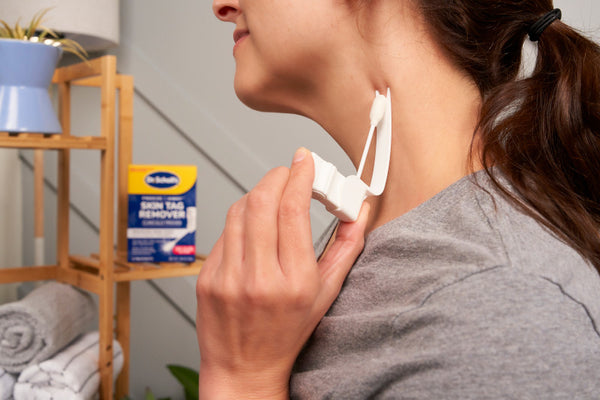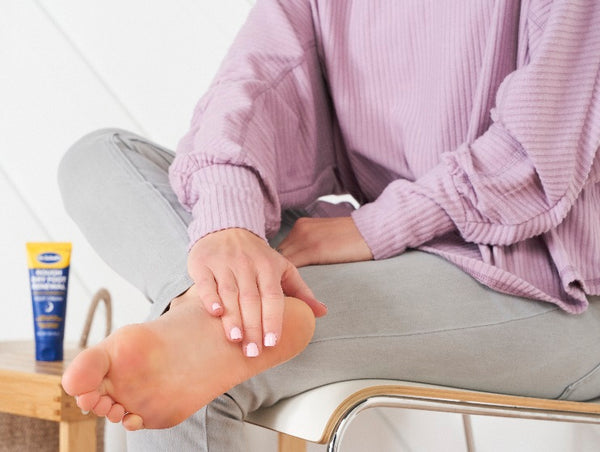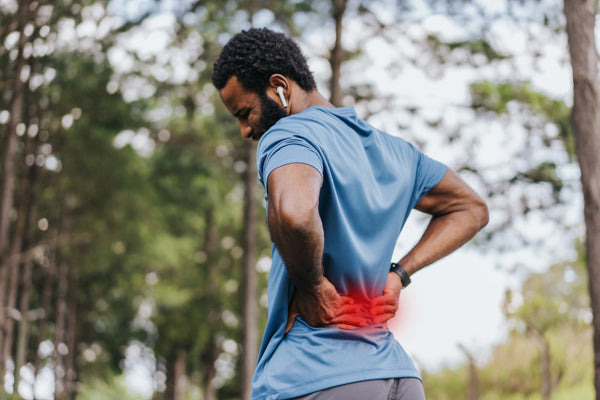In order to remove a corn from the foot, follow these steps:
1. Soak the foot in warm water for several minutes in order to soften the corn.
2. Gently exfoliate the top layers of the corn using a pumice stone or a foot file.
3. Repeat regularly until the corn is gone.
It’s important not to remove too much of the corn at once as this could cause irritation.
You can also remove a foot corn using a salicylic-acid treatment product. Dr. Scholl’s® Corn Removers consist of a two-part treatment system. Medicated discs gently eliminate corns while cushions reduce pain from pressure when wearing shoes. The cushions fit over the discs, creating a protective covering. The cushions are water resistant and designed to stay in place all day. They fit easily into shoes without crowding the toes.
You might also consider Dr. Scholl’s® Liquid Corn & Callus Remover. This product includes a liquid salicylic acid treatment along with cushions to help shield and protect painful corns during treatment.
If you have diabetes, consult with your doctor before attempting to remove a foot corn.

